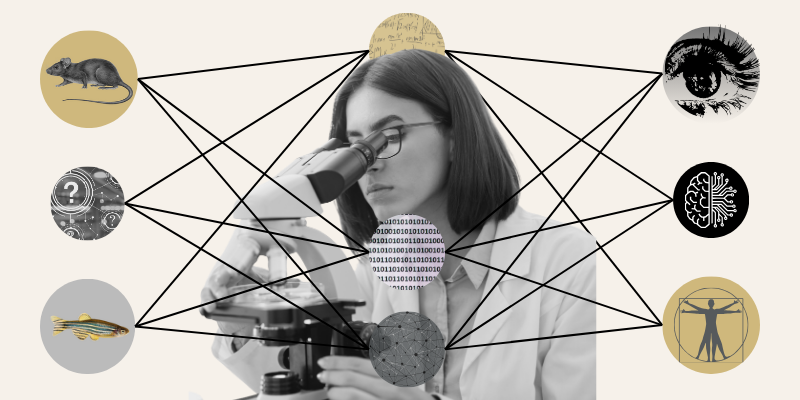Epidemiologist and researcher Randi K. Johnson, PhD, MPH, assistant professor of biomedical informatics at the University of Colorado School of Medicine, is diving into how maternal pregnancy factors impact the offspring’s risk of developing type 1 diabetes (T1D) with the assistance of a $500,000 grant from JDRF Australia. The grant is supported by funding from The Leona M. and Harry B. Helmsley Charitable Trust to JDRF Australia.
For the next two years, Johnson’s lab and her collaborators in the Colorado School of Public Health will investigate why and how having a mother with T1D during pregnancy changes the likelihood of offspring inheriting the same condition, which results from a misdirected immune response.
The project through JDRF Australia is in collaboration with the Environmental Determinants of Islet Autoimmunity (ENDIA) study, the world’s first study from pregnancy investigating how the environment interacts with an individual’s genes to drive the development of islet autoimmunity and onset of T1D.
“We’ve been awarded a great opportunity to generate new data on epigenome-wide markers in ENDIA. These signatures might give clues as to how blood sugar control or other pregnancy factors affects a child’s risk for T1D, and what may be unique about a T1D pregnancy,” Johnson says. “In addition to doing the work we proposed, the grant allows us to generate biological and data resources that can be re-used by other investigators in the future to test new questions around the developmental origins of T1D.”
Tracking risk through DNA changes
Since its creation a decade ago, the ENDIA study has recruited nearly 1,500 participants across Australia who have an immediate family member with T1D. The study has monitored participants from early pregnancy, collecting more than 200,000 unique biological samples, including blood, immune cells, breast milk, nasal swabs, stool, and urine samples.
“The focus of the ENDIA study design on children with relatives affected by T1D and beginning follow-up in pregnancy is unique,” Johnson says. “This enables us to take a fresh look at the mechanisms behind the long-standing hypothesis that family history plays a role in the onset of T1D.”
In the study, Johnson will look at how a mother’s T1D during pregnancy confers a different risk for T1D than a non-T1D pregnancy and specifically investigate how maternal blood sugar control during pregnancy might impact a child’s susceptibility to T1D.
“This work follows up on a phenomenon that was first described in the 1980s—there’s a parent of origin effect in T1D risk,” Johnson explains. “Given the strong genetic component of T1D, you would expect a baby’s risk to increase if a close relative had T1D, and that the increase would be the same regardless of which relative was affected by T1D. Sure enough, we see that a baby’s T1D risk is highest when the father has T1D; however, the increase in risk is lower if the mother had T1D during the pregnancy. The reasons for this ‘maternal protection’ are still unclear.”
Analyzing DNA methylation may give researchers hints at why there is a change to the offspring’s risk when the relative with T1D is the mother.
“There are marks on your DNA that can turn on or silence genes, which determines whether they become functional proteins,” Johnson says. “These marks are set during pregnancy and can change in response to environmental factors. Our prior work demonstrated that changes to DNA methylation may affect a child’s risk for T1D. Now we can connect the dots and establish whether these epigenetic changes also relate to what’s occurring during a T1D pregnancy.”
Building a foundation for treatment
Johnson’s work in looking across the epigenome of the ENDIA study participants is part of a greater goal of understanding what causes and how to prevent T1D, which has no cure.
“Generating these resources in ENDIA opens new opportunities for our ongoing search for the causes of T1D,” Johnson says. “Ultimately, knowledge gained from these family history studies will help us develop interventions to prevent or delay T1D onset in children.”




.png)